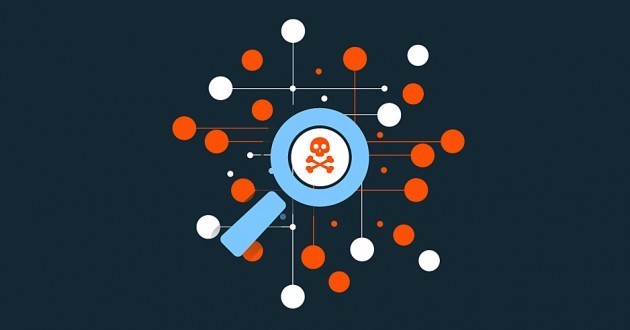What is YARA?
YARA (“Yet Another Recursive Acronym”) is an open-source malware analysis tool, which helping malware researchers identify and classify malware samples. Also, it’s can be used to detect patterns for any type of purpose, it is most often used for the detection of malware. The target can be a file, a folder, or a process. Rule files can be passed directly in source code form or can be previously compiled with the yarac tool.
What is YARA Rule?
YARA Rule is used to classifying malware samples by creating descriptions that look for certain characteristics. Each description can be either a textual or a binary pattern once it has been analyzed in Cuckoo. These descriptions are called “rules”. By using these rules that specify regex patterns, YARA enables the detection of specific patterns in files that might indicate that the file is malicious. By using hex patterns, plain text patterns, wild-cards, case-insensitive strings, and special operators, YARA rules can be incredibly diverse and effective at detecting a wide range of malware signatures and they have a syntax that resembles the C language.
● Yara is the “Pattern Matching Swiss Army Knife” and can be used on both Windows and Linux machines (though on Linux machines you’ll need to build it from source code).
● Yara Rules has been added to our Endpoint Detection and Response framework in order to assist us in identifying the malware samples we encounter and classify them.
Installation:
YARA is a multi-platform program running on Windows, Linux, and Mac OS X. You can find the latest release at Github.
Also, YARA released a new service in alpha called YaraRules Analyzer, which lets users analyze files in the cloud using full rulesets. This ensures that users are always analyzing samples against the most recent ruleset version and frees them from needing to install Yara locally.
Simple Example for the YARA Rule:
The below rule is telling YARA that any file containing one of the three strings must be reported as silent_banker. For more samples, please have a glance at YARA official Documentation.
rule silent_banker : banker
{
meta:
description = "This is just an example"
threat_level = 3
in_the_wild = true
strings:
$a = {6A 40 68 00 30 00 00 6A 14 8D 91}
$b = {8D 4D B0 2B C1 83 C0 27 99 6A 4E 59 F7 F9}
$c = "UVODFRYSIHLNWPEJXQZAKCBGMT"
condition:
$a or $b or $c
}Features of YARA:
Email Analysis:
Using YARA we can analyze malicious emails, Initially Raw email data must be encoded as text and due to limitations in this legacy protocol, the lines of this text have a limited length.
Memory Analysis:
During incident response, one must analyze the memory of an infected computer. Main goal of this type of analysis is to identify processes that are suspicious or malicious.
Malware Hunting:
The goal of this hunting involves proactively searching for malware or attackers that are hiding within a network. Some rules are very wide net, they are written to match a specific malware feature, but not narrow to the point of identifying a malware family.
Retro-Hunting:
This kind of hunting is based on the same YARA rules that one uses in a retro-hunt. RetroHunting allows the searching of historical data with signatures in order to see if any of the signatures match within that historical file set.
Conclusion:
Every Security Enthusiast can use this tool for Malware Hunting / Threat Intelligence platforms. YARA is easy to use and provides a simple way of detecting malware in your environment, and the signature-based detection with YARA has certain limits.



































